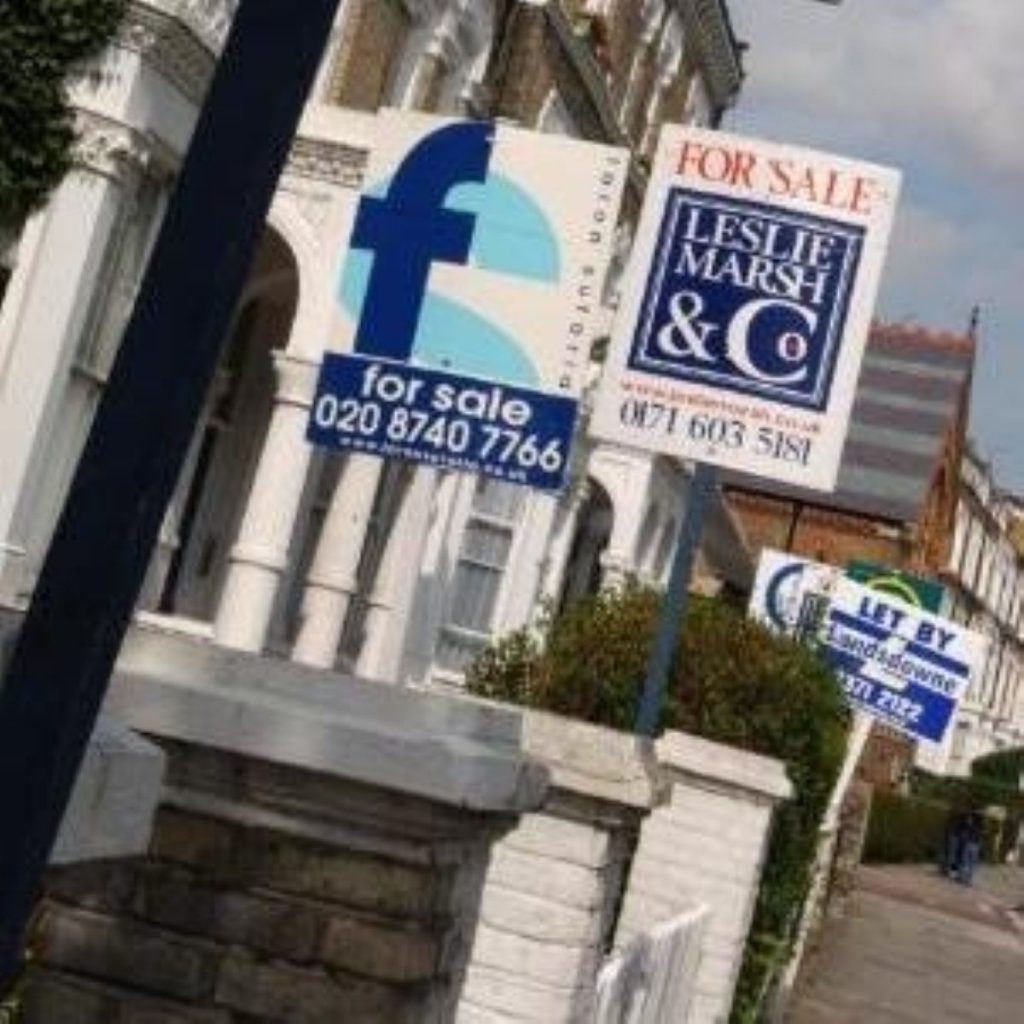Nine-fold rise in stamp duty
Government income from residential stamp duty has increased nine-fold over the last decade, according to new figures.
The Treasury is expected to rake in over £4 billion in this financial year alone, according to the Halifax, who claim that revenue from stamp duty has risen from £465 million in 1993-4.
A new survey by the mortgage lender shows that 81 per cent of people think the current stamp duty regime is unfair on first-time buyers.
Seventy per cent of those questioned said that the Government should increase the threshold at which stamp duty is payable in order to account for rising property prices.


Halifax says that in 1993, buyers paid an average of around £45,000 for their first homes, well below the lower stamp duty threshold of £60,000.
But the lender claims that the average price of a home is now £131,000, with first-time buyers paying property prices above the threshold in 98 per cent of the towns surveyed.
Halifax claims that if the Government had increased the £60,000 threshold in line with house price inflation since 1993, it would stand at around £157,000 and thus prevent many first-time buyers having to pay stamp duty.
“Housing activity is an important part of the UK economy, and it is right that a government should take its fair share of tax revenue from it,” said Halifax chief economist Martin Ellis.
“Fairness is a two-way street, however, and unfortunately successive governments, irrespective of their political colouring, have failed to play fair by homeowners by declining to index link the stamp duty threshold to house price increases,” he added.
It is estimated that it would cost the Exchequer around £600 million to raise the lower stamp duty threshold in line with the rise in house prices since 1993.
The Conservative Party have attacked stamp duty as a “stealth tax” that has caused a housing crisis for first- time buyers.

